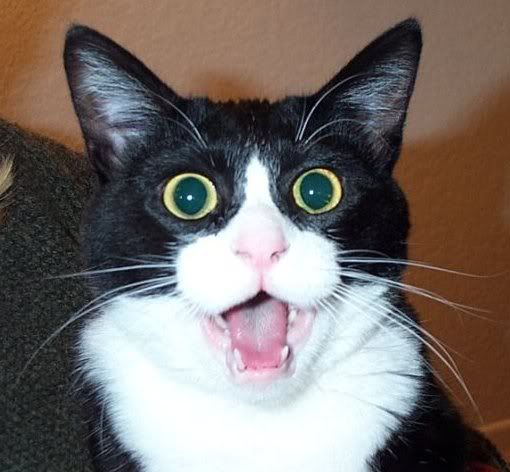Re: Dinkytown
Posted: April 14th, 2014, 8:12 am
Chris Iverson for the win. https://streets.mn/2014/04/14/in-defense ... own-riots/
Architecture, Development, and Infrastructure of the Twin Cities
https://urbanmsp.com/
he said there was no violence... but that street sign through a cat picture begs to differ.

Thankfully, citizen engagement has come a long way since Marlys Harris's graduate school experience. MHNA voted to implement the Dinkytown Business District Plan - a plan well-informed by expert, technical analysis. Stantec economists advised that preservation of historic character is essential to Dinkytown's competitiveness, as the other University commercial areas will be served by LRT. Design experts also provided guidelines for new development, complementing that historic character. Land use planners recommended expanding the commercial footprint to welcome larger retail spaces that complement Dinkytown's small business retail.
Marcy-Holmes Neighborhood Association continues to advocate for growth in Dinkytown: growth with preservation. The Dinkytown Business District Plan reflects that placemaking growth strategy. Developers are being encouraged to site new commercial development - like a hotel - in the expanded commercial area, retaining the core crossroads to preserve Dinkytown's historic character.
Saying no to a hotel in the heart of Dinkytown is saying yes to a long-term, positive growth vision for our thriving business district.
Which ones are you talking about, exactly? Because I've been to a lot of university commercial districts, and honestly, Dinkytown is average at worst--certainly a hell of a lot better than places like Purdue, UIUC, UNL etc. It isn't Madison, sure, but there's nowhere quite like Madison.And where some see a "thriving business district," others see a fading, shabby neighborhood in need of an overhaul. Travel around the country. The lively, mixed-use commercial districts adjacent to other major universities put backward Dinkytown in an unfavorable light. The U of M and Minneapolis deserve better.
Ask a Seattle resident and they'll say the same thing about the U district that you do about Dinkytown--that it's dingy and been in decline for a long time. I've certainly seen a hell of a lot more dead rats in the gutters of Seattle's U district than I have near ours.Three urban campuses with thriving commercial districts that I've visited in the past year are the University of Washington in Seattle, the University of California in Los Angeles and Northwestern University in Evanston.
Agreed. I havent been there for a long time, but thought Mill Avenue was great. And it was full of construction at the time, cant image what it is like now. Great compliment to Oldtown Scottsdale. But from what I know, downtown Phoenix is absolutely awful.mill avenue next to asu is surprisingly awesome and thriving and clean and more like uptown, definitely a whole different vibe.
so off topic, but downtown Phoenix is doing really well,I was just there. since the light rail happened and they converted a bunch of homes to restaurants and business... getting kinda cool.Agreed. I havent been there for a long time, but thought Mill Avenue was great. And it was full of construction at the time, cant image what it is like now. Great compliment to Oldtown Scottsdale. But from what I know, downtown Phoenix is absolutely awful.mill avenue next to asu is surprisingly awesome and thriving and clean and more like uptown, definitely a whole different vibe.
For a lot of people it already is. There are a lot of people living in the Stadium Village area who might go to Dinkytown to drink and not much more.I think that, by 2020, the main commercial district people associate with the U will be Stadium Village, not Dinkytown. It'll mostly be because of the LRT access, but partially due to the extreme difficulty of developing anything in Dinkytown. And honestly, I'm not so sure that change would be a bad thing.
There's no reason the U can't support two commercial districts. U. of Michigan Ann Arbor's central campus alone has two distinct though geographically close commercial distrincits, not unlike Dinkytown and Stadium Village. And population-wise, all of the Ann Arbor campuses put together is quite a bit smaller than the U of M.For a lot of people it already is. There are a lot of people living in the Stadium Village area who might go to Dinkytown to drink and not much more.I think that, by 2020, the main commercial district people associate with the U will be Stadium Village, not Dinkytown. It'll mostly be because of the LRT access, but partially due to the extreme difficulty of developing anything in Dinkytown. And honestly, I'm not so sure that change would be a bad thing.